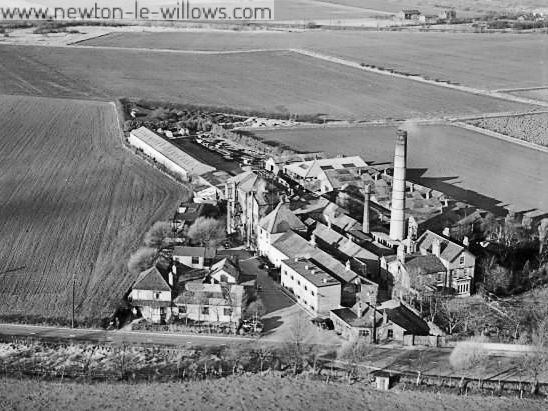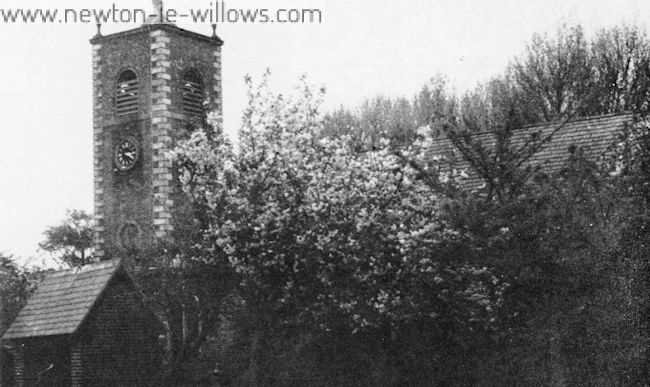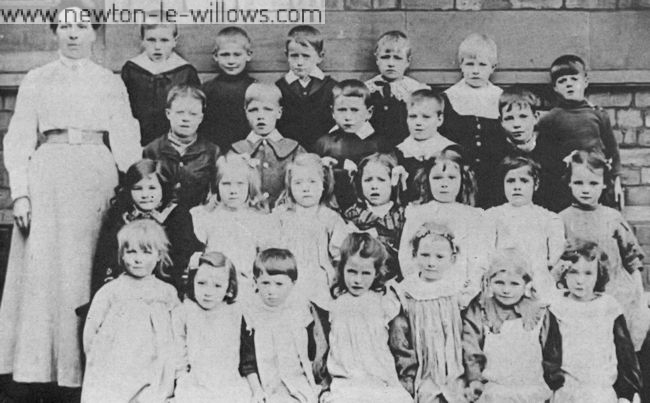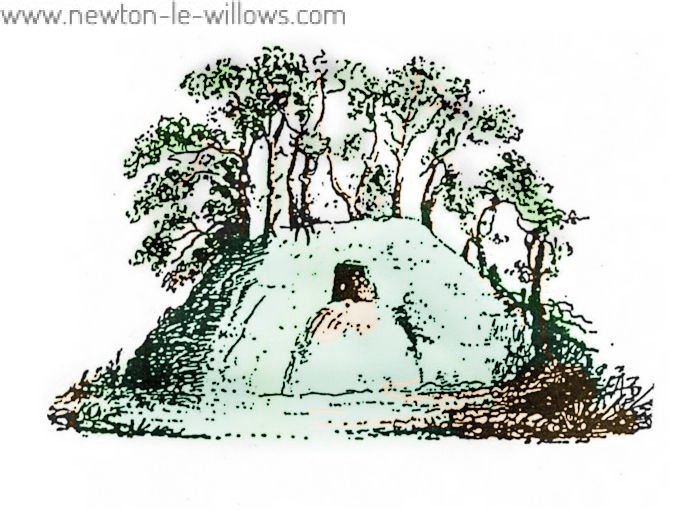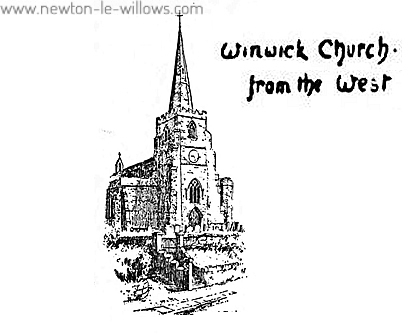On March 13th, 1867, James and Jane Forshaw purchased the land on which the Burtonwood Brewery now stands. James had some brewing training while employed at the Bath Springs Brewery, Ormskirk, and probably chose the site because of its position mid-way between Warrington and St Helens, and also because there was an adequate supply of suitable water readily available. The first brewery had a 14-barrel open-tired copper, two 12-barrel Fer-menting Vessels and a cellar capacity for 45 barrels. The trade was with Free Houses, farmers and private landowners, mainly in…
Read More >>Month: January 2014
The Burtonwood Chapel
The Chapel of Burtonwood was founded by Sir Thomas de Bold in 1605, when Burtonwood was part of the Parish of Warrington. It was consecrated by the Rt Rev John Lord, Bishop of Chester, on 16th December 1634 in the presence of Richard Bold and Thomas Ireland of Bewsey. During the Commonwealth, Burton-wood became a separate Parish, and it must have excited many of the Americans who came to Burtonwood in World War II to discover that an early incum-bent of the Church, the Rev. Samuel Mather, had sailed to…
Read More >>The Story of Burtonwood
In the last 25 years the name of Burtonwood has been carried by thousands of American servicemen to countries all over the world. It is the only place in the British Isles to bear this name, and is possibly more widely known than Warrington, to which it was originally a subservient manor. THE WOOD BY THE TUN Probably the original name of Bur-tonwood was simply ‘Burton’, which means the ‘tun’, or farmstead, by a ‘burh’, or fortifiedmanor. The burh could have been the borough of Warrington. The wood, however, was…
Read More >>CASTLE HILL, Newton-le-Willows
1980’s Archaeological Excavations. he text for this post is transcribed from two pamphlets that where produced at the time of the 1980s digs at Castle Hill, to aid public understanding of the work that was being carried out by the archaeologists from Liverpool. Pamphlet #1 Having received permission from the Department of the Environment to excavate a scheduled ancient monument, a North West Archaeological Trust Community Programme is now in the process of investigating an earthwork at Castle Hill, Newton-le-Willows. Although this mound is a recognisable landmark and still stands…
Read More >>Winwick : It’s History and Antiquities
By WILLIAM BEAMONT. Second Edition, 1878 Time, that great clock which requires no winding up, and possesses what so many dreamers have sought for and sought in vain—the secret of perpetual motion—has also, like other clocks, from time to time, but at longer intervals, its striking times which summon attention and invite us to pause and look back, promising in return something which from the past shall teach the present how to improve the future, and instruct while it amuses us. CONTENTS. Part 1. Etymology of Winwick. Part 2. Oswald,…
Read More >>